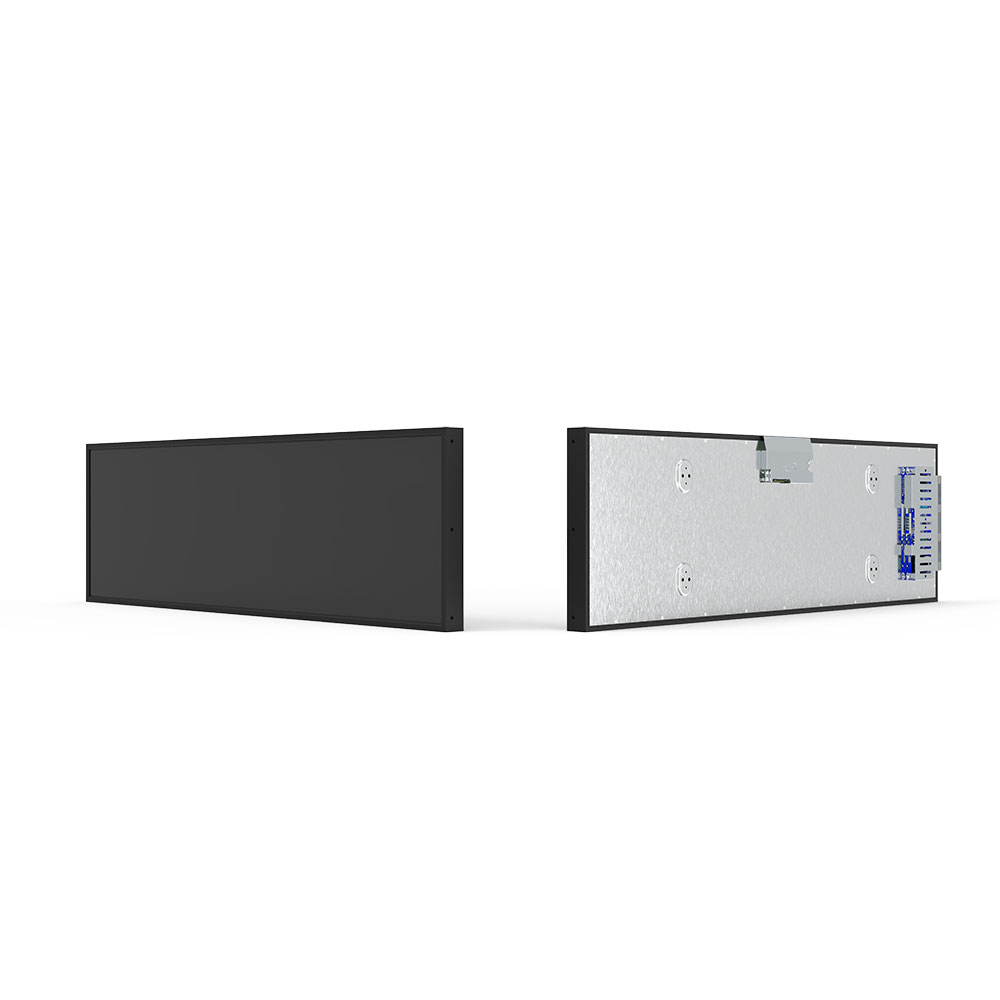- Home
- About Us
- Products
- News
- Video
- Contact
- Send Inquiry
Search
- Home
- About Us
- Products
- News
- Video
- Contact
- Send Inquiry

In the rapidly evolving world of digital signage, outdoor LCD displays must withstand extreme environmental conditions—from heavy rain and snow to intense UV exposure and temperature fluctuations. Among the many technical specifications that determine performance, IP66 waterproof rating stands out as a critical benchmark for durability and long-term reliability.
The International Protection (IP) Code is an industry-standard system defined by IEC 60529, which classifies the degree of protection provided against intrusion from solid objects (like dust) and liquids (like water). An IP66 rating means the display is completely protected against dust ingress (6/6) and can withstand powerful water jets from any direction (6/6). This makes it ideal for installations in high-risk environments such as street-level advertising kiosks, public transport hubs, industrial facilities, or coastal areas where moisture and debris are constant concerns.
From a manufacturing perspective, achieving IP66 involves rigorous sealing techniques—such as gasketed enclosures, sealed cable glands, and fully welded casings—to prevent moisture penetration. The internal components, including LED backlights, PCBs, and power supplies, must also be designed with moisture-resistant coatings or conformal layers. At our facility, we test each unit under controlled spray chambers simulating 100 liters per minute of water at 10 bar pressure for three minutes—a standard procedure validated by ISO 20653.
Case studies confirm the real-world effectiveness of IP66-rated screens. For instance, a major European transit authority installed 50 outdoor LCD units with IP66 certification across subway stations. Over two years, zero failures were recorded due to water ingress, even during flash floods and winter icing events. In contrast, older models without IP66 protection suffered frequent screen malfunctions, leading to costly maintenance and service disruptions.

Furthermore, IP66 compliance aligns with global standards such as EN 60529 and UL 1244, ensuring international market acceptance. It’s not just about surviving the elements—it’s about maintaining image clarity, brightness consistency, and touch responsiveness in harsh conditions. With solar irradiance exceeding 1000 W/m² and ambient temperatures ranging from -30°C to +60°C, outdoor LCDs need more than aesthetics—they need engineering rigor.

As demand grows for smart city solutions and resilient public infrastructure, IP66 is no longer optional—it's a baseline requirement. Whether deployed in retail, transportation, or utility sectors, displays with this level of protection deliver both operational uptime and peace of mind for end users.